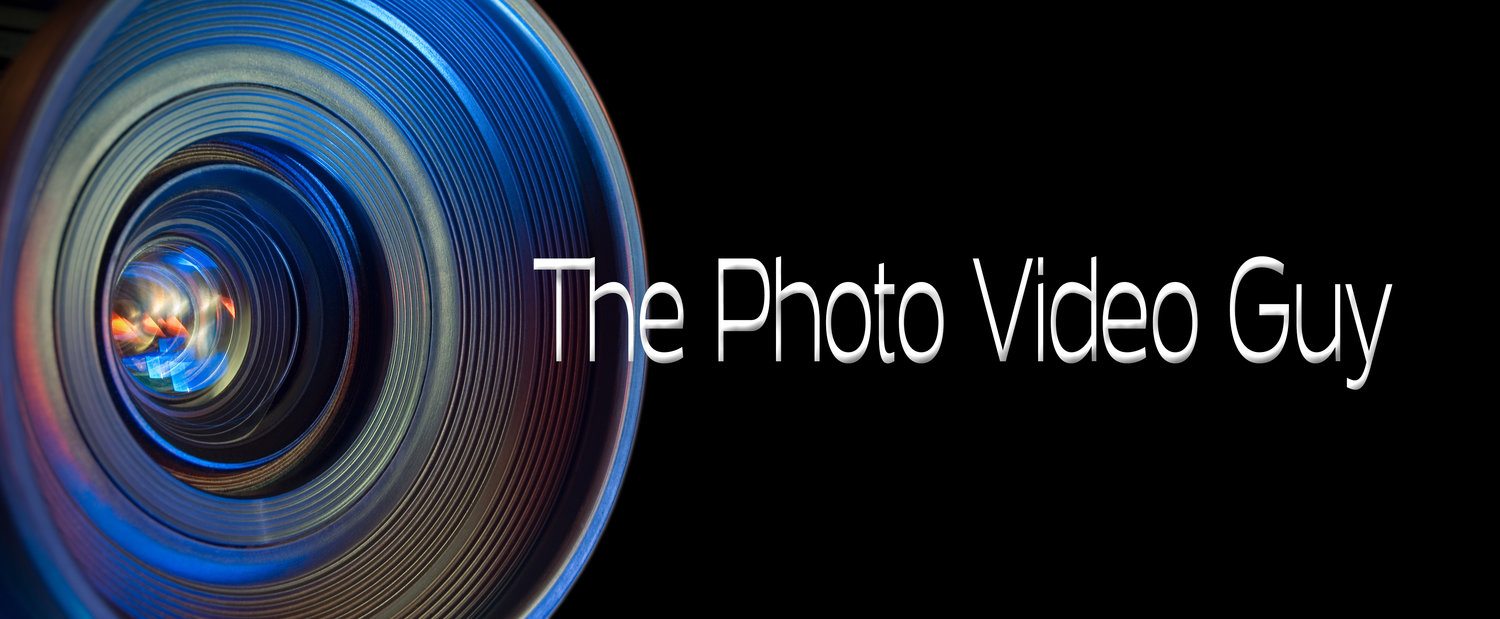The Separation of Light and Mood
/For most of us, we recognize that different colours imply or influence moods. As visual creatives we associate colour with light, because without light, there is no colour. However it is important to understand that in human physiology, light and colour are handled in different parts of the brain.
Colour has a significant impact on mood, whether specifically and consciously perceived or subconsciously or at least below the surface of the first impressions. We know that our visual cortex responds to light and that is how we see the world. However, science has discovered parts of the eye called retinal ganglia that communicate with the hypothalamus rather than the visual cortex.
The seeing of blue green light in the morning causes the hypothalamus to release the hormone cortisol which stimulates wakefulness and attention and also reduces the release of the hormone melatonin. As blue light vanishes toward sunset, cortisol is no longer released and melatonin is released and we become sleepy and more ready to rest. These natural secretions contribute to the challenges for people working alternating day and night shifts.
Studies are showing that these actions by the hypothalamus based on the colour of light have medical impacts on health and the attainment of good sleep.
As red light has been documented to increase heart rate and blood pressure, blue light is shown to reduce these things and can have an impact on anxiety. In practicality many railways now use bluer lights which has reduced the number of suicides.
All very interesting to me, but perhaps less relevant to photographers, so let’s now spend our time on the colour impact itself. Many of us perform colour to mood associations. These associations have both positive and negative aspects.
Red for example, increases a sense of fear, danger, and caution, but also love, passion and excitement. Most all humans, regardless of culture get the same mood input from red.
Pink creates a sense of peace, reservedness, but also femininity, softness and grace.
Purple drives moods of mystery, strangeness but also a sense of royalty (purple is a dominant colour in royal garments) and glamour.
Blue is the colour most associated with wisdom, peace, tranquility and reason, but also creates moods of separation, emotional coldness and separation.
Green is associated with freshness, nature and growth, but also with molds, slimes and toxins.
Yellow is associated with hope and joy, but also with caution and fear.
Orange is associated with warmth, kindness and joy, but also with emerging danger, threats and malfeasance.
Brown is associated with decay, and rot, but also with nature, particularly fauna
White, although not a colour is associated with truth and honesty, but also neutrality and indifference.
Black is also not a colour but is associated with mystery, coldness and death, but also with nobility and power.
Be assured that different medical professionals will use different words as descriptors and some will even argue against these descriptors which is fair, but what I have shared is the predominant perspective from psychiatrists and psychologists where their studies included lab work on the influence of colour.
What we feel influences the story that we want to tell. The use of coloured lighting allows the creative to subtly influence the mood of the viewer of the work. However, I am confident that you can all see that what you feel based on a colour has no guarantee to have the same impact on a different viewer. Using colour and coloured light is very powerful, but the mood outcome is never guaranteed.
Please become a member on Patreon to help support this channel. A big thanks to all the existing Patreon members! Send in comments or questions, I read and respond to all. If you shop with B&H Photo Video, please use the link on the main page as it pays me a small commission and does not cost you anything to do so. Thanks again and we will see each other again soon.









